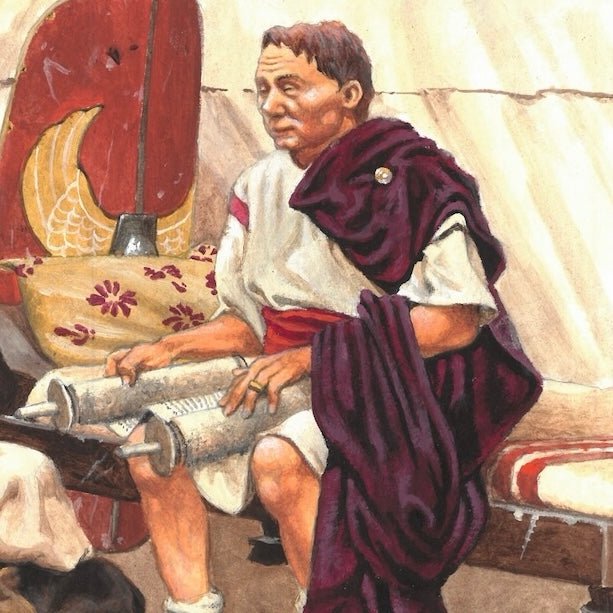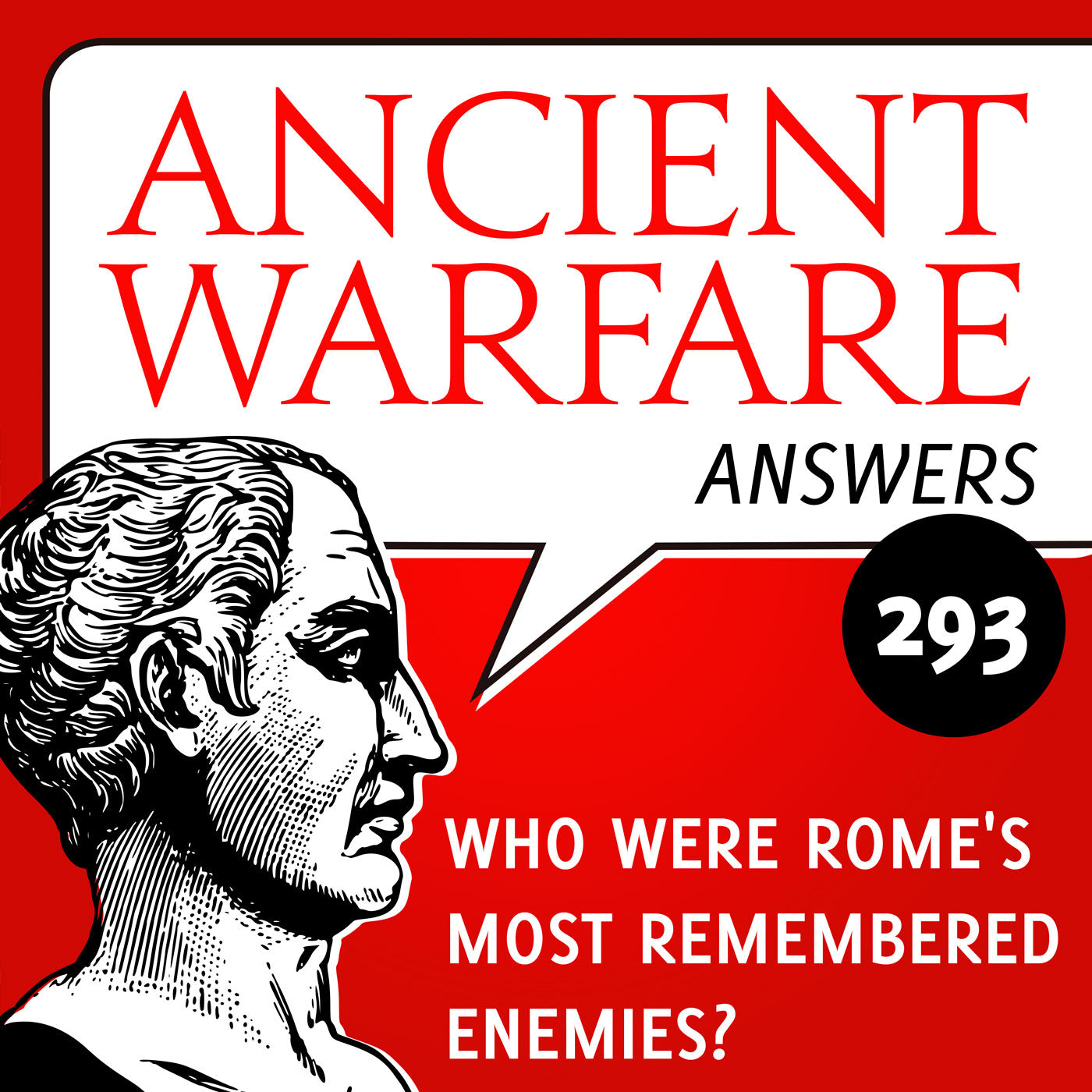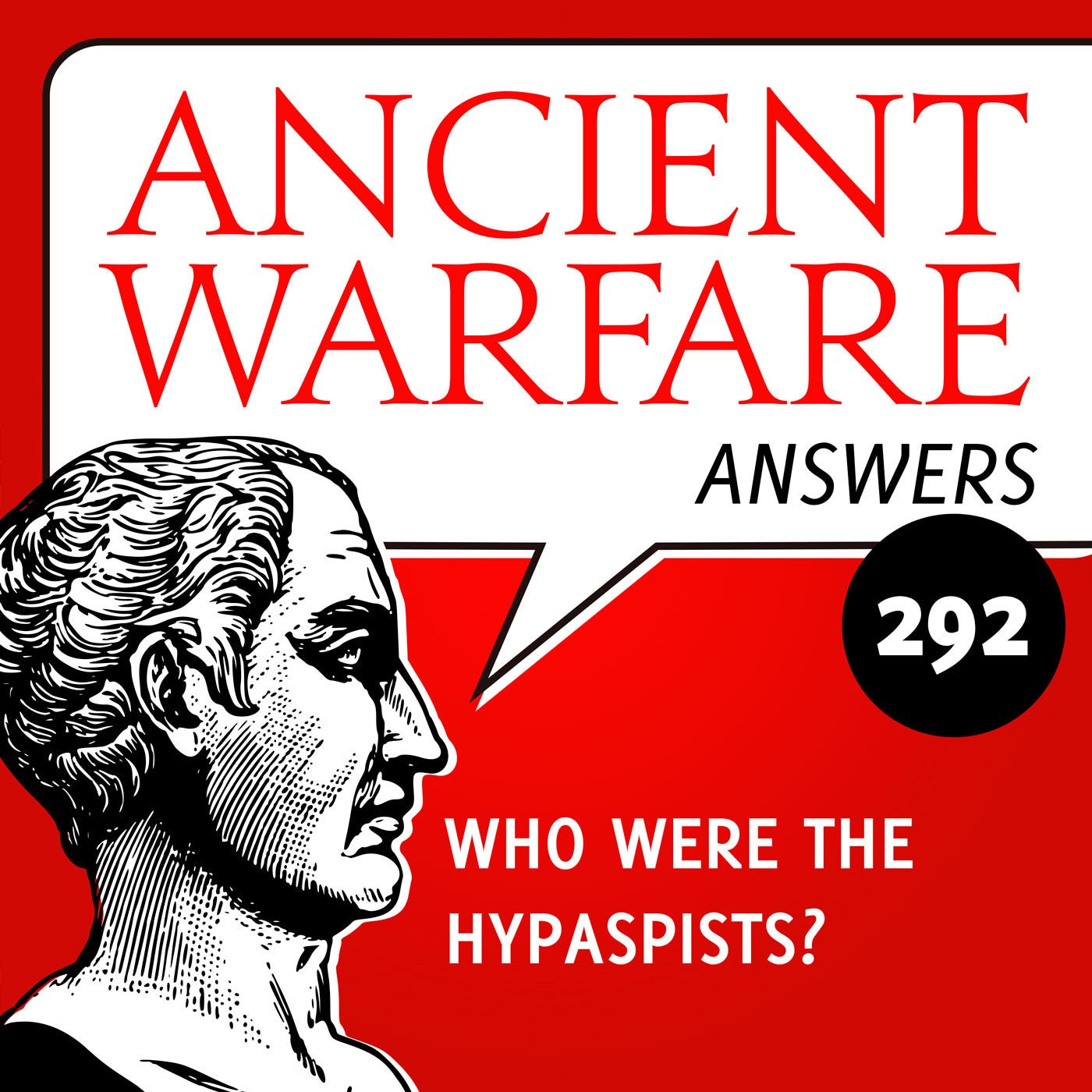Chariots and horses in the Homeric world
We are currently hard at work putting the finishing touches on my new book, Henchmen of Ares: Warriors and Warfare in Early Greece. It is set to appear as this year’s hardcover special for Ancient Warfare magazine. I have earlier written a blog post on what went into making one of the book’s illustrations, the Lydian siege of Old Smyrna. This blog post features the contents of one of the book’s many text boxes on a specific topic, in this case, chariots and horses in the Homeric world. In the book, the Homeric epics serve as the thread that ties everything together, and since horses feature rather prominently as well, I figured this would offer a good taste of what Henchmen of Ares has to offer.
Chariots seem to have been important in Greece during both the Mycenaean era and the Early Iron Age. They also feature prominently in the epic world described by Homer. Chariots and horses, high-status symbols par excellence, are repeatedly mentioned in the course of the Iliad. However, some confusion arises due to Homeric terminology: the poet refers to both horsemen and charioteers ashippeis. At least some of the horses may have been ridden rather than yoked to a vehicle. Horsemen as well as charioteers may have been a regular feature of the epic battlefield.
Within the epic world, horses are particularly common in Anatolia. This reflects reality, since Asia Minor is much better suited to the rearing of horses than mountainous Greece. For example, Priam tells Helen of how he once visited Phrygia, where he “looked on the Phrygian men with their swarming horses, so many of them” (Il. 3.185–186). In the tenth book of the Iliad, the Phrygians are called hippodamoi (“horse-tamers”), and it seems likely that they fought from horseback. It is probably no coincidence that the mythical Amazons, who were presumably envisioned by Homer as horse-riding warrior women, were thought to come from the east, whence they raided the Phrygians and Lycians.
The epic heroes, as the wealthiest combatants in the field, used chariots as their mode of conveyance of choice. Interestingly, Odysseus does not seem to possess a chariot; perhaps chariots and horses are rare on islands. In any event, most chariots in the Iliad are drawn by teams of either two or four horses. Each chariot carries two people: a warrior – usually one of the Greek or Trojan heroes – and a charioteer. Chariots are used to transport the heroes to, from, and on the battlefield. Once the hero spots an enemy, he normally dismounts to engage him on foot, his charioteer manoeuvring to a place of safety where he waits for his master to call on him. Rarely do the heroes fight directly from their chariots. Chariot races are mentioned a number of times in the Iliad, and a race was part of the funeral games in honour of Patroclus.
The overall picture concerning the use of chariots seems plausible. However, some modern commentators believe that chariots were introduced by the poet in a deliberate attempt to archaize the story. These writers argue that, while the poet describes chariots, he “actually” had mounted horsemen in mind when describing these scenes. This is unlikely for two main reasons. Firstly, war-chariots remained largely unchanged, structurally speaking, from the Bronze Age down to Classical times, although they may have been used solely in races and processions. Secondly, there is nothing inherently implausible about the Homeric use of chariots as battlefield taxis, especially since we know of recorded uses of chariots later in history – Cyrenaica and Roman Britain, for example – that are comparable.
Bibliographic notes
The book does not feature footnotes or endnotes. Instead, I have written extensive bibliographic notes to accompany the main text, essentially a bibliographic essay that serves as a guide for further study. I include the relevant section for the cited text box, below. (There are some references of note that get listed for an earlier discussion in the book and are not included here.)
The remark that there is nothing implausible about the Homeric use of the chariot owes a lot to J.K. Anderson’s “Homeric, British and Cyrenaic chariots”, published in American Journal of Archaeology 69 (1965), pp. 349–352, as well as his “Greek chariot-borne and mounted infantry”, in American Journal of Archaeology 79 (1975), pp. 175–187. The standard work for chariots of this period is Joost Crouwel’s Chariots and Other Wheeled Vehicles in Iron Age Greece (1992).
I hope you have enjoyed getting another sneak peek at the contents of Henchmen of Ares. Look for more updates on the book as the release date – this November – draws near.




